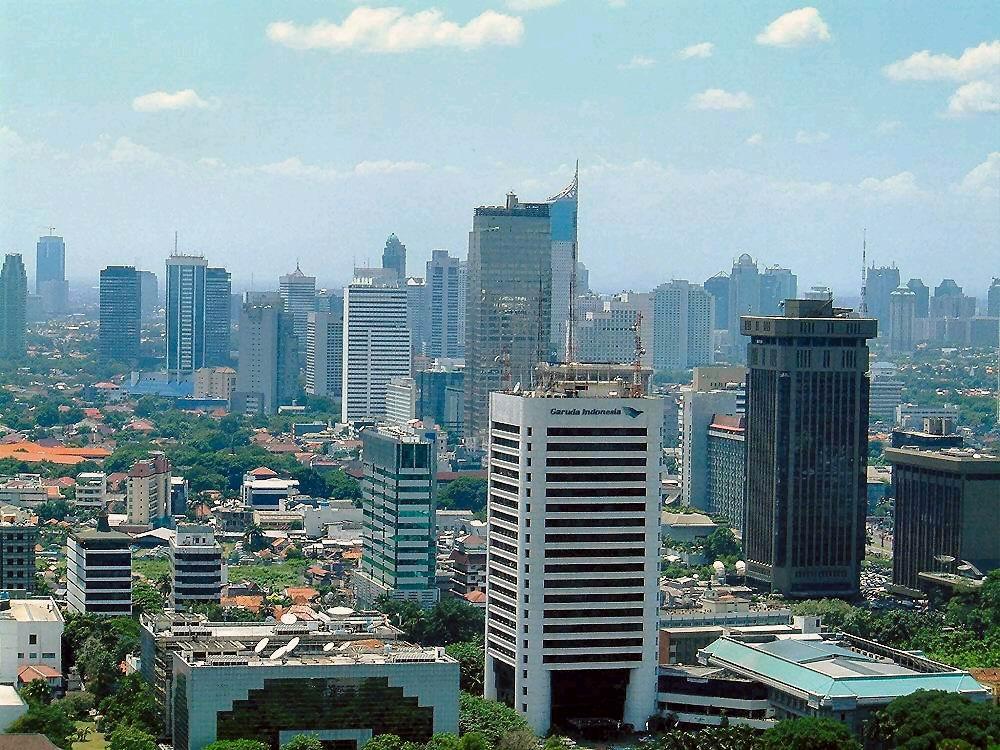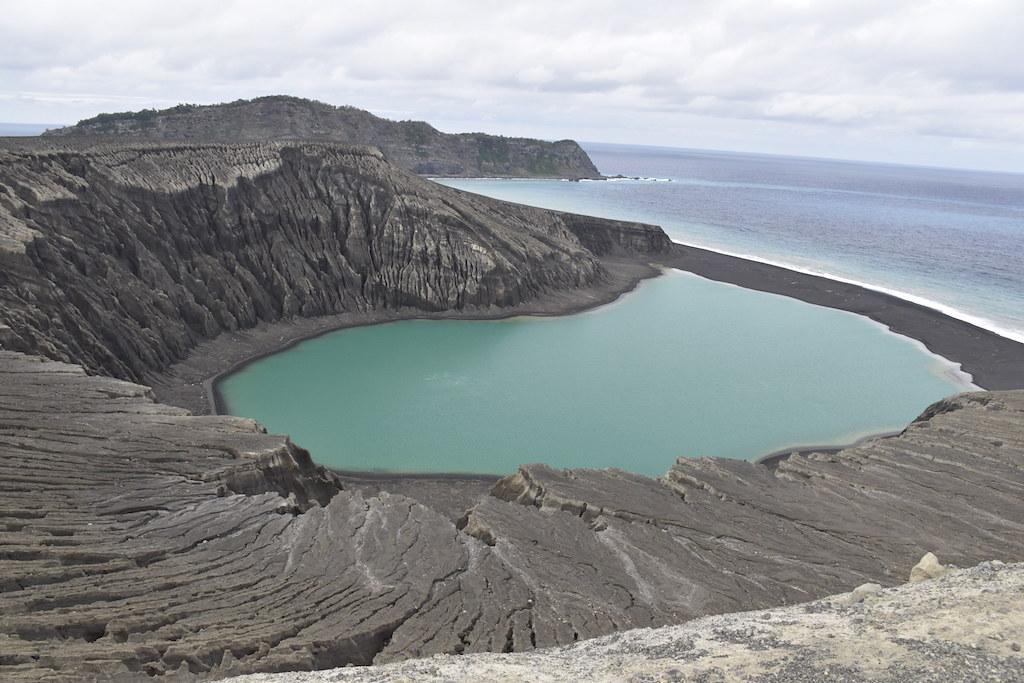Eight percent of the world’s land surface is projected to be underwater by 2040, according to a study by Science Magazine. Cities where the ground gradually sinks are vulnerable to flooding in areas with rising sea levels. The fastest sinking city in the world is Jakarta, Indonesia. Jakarta has a massive population of 10.8 million, so many lives are at risk. Jakarta is experiencing subsidence much earlier and faster than many cities.
Every year, Jakarta’s land sinks by over 10 inches, which affects the lives of Indonesian citizens by displacing many. Due to the sinking ground, buildings begin to cave and their foundations crack, destroying homes, businesses, and the foundation of the city as a whole.
Continuous underground movement can cause things on top of the land to shift, causing serious damage. This can be seen in Jakarta. Thanks to their canal which possesses unsafe drinking water, Jakarta relies heavily on underground aquifers for its water supply. When water or resources are pumped from underneath the earth, the topsoil cannot support the buildings on its own, causing the land to cave in. Furthermore, thanks to the development of the city, much of the ground is covered by concrete, so it’s difficult for the aquifers to refill and regain height after rainfall.
According to a survey taken by the United States, 80% of the subsidence occurring in the U.S. is a direct result of exploiting groundwater. Although no such survey has been taken in Jakarta, the link between millions of people using extracted groundwater and the sinking land is clear. Additionally, Jakarta’s rivers have been disease-ridden since the 1750s, so groundwater is the only option for many, since less than 40% of the city has access to piped water.
Jakarta’s problems are exacerbated by another issue: rising sea levels due to global warming. In some cases, global warming can contribute to subsidence, because it can cause drought, increasing the pumping of groundwater. Rising sea levels also contribute by making floods more prominent and loosening the already weak soil. Scientists studying this issue estimate that all of northern Jakarta will be underwater within the next 30 years. The subsidence issue is so bad in Jakarta that the government is planning to move their capital to the nearby island of Borneo, essentially giving up on the city. The government plans to build seawalls to mitigate flooding, but this will not solve the subsidence problem.
But subsidence is not limited to Jakarta. It is a growing issue that threatens many capitals and cities around the world. A few big cities that could be at risk include Houston, New Orleans, Washington D.C., Lagos, and Beijing. Houston and Beijing are experiencing some of the same effects as Jakarta, but to a much lesser extent for the time being. These cities also heavily rely on groundwater extraction.
In a recent study, it was estimated that 22% of the world’s major cities will be affected by subsidence, putting roughly 635 million people at risk. The over-extraction of groundwater is only further accelerating these permanent effects on cities. And in cities where global warming and rising sea levels are evident, subsidence is occurring at a much faster rate, pointing to an even larger issue.
However, there are solutions that have been employed by other governments that could decrease or even prevent further subsidence. Tokyo, Shanghai, Taipei, and Bangkok have all managed to stop subsidence by government-provided piped water replacing groundwater as the main source. Jakarta would likely have to receive the same assistance to continue to sustain its large population. If they do not, their long-term existence is called into question.




































